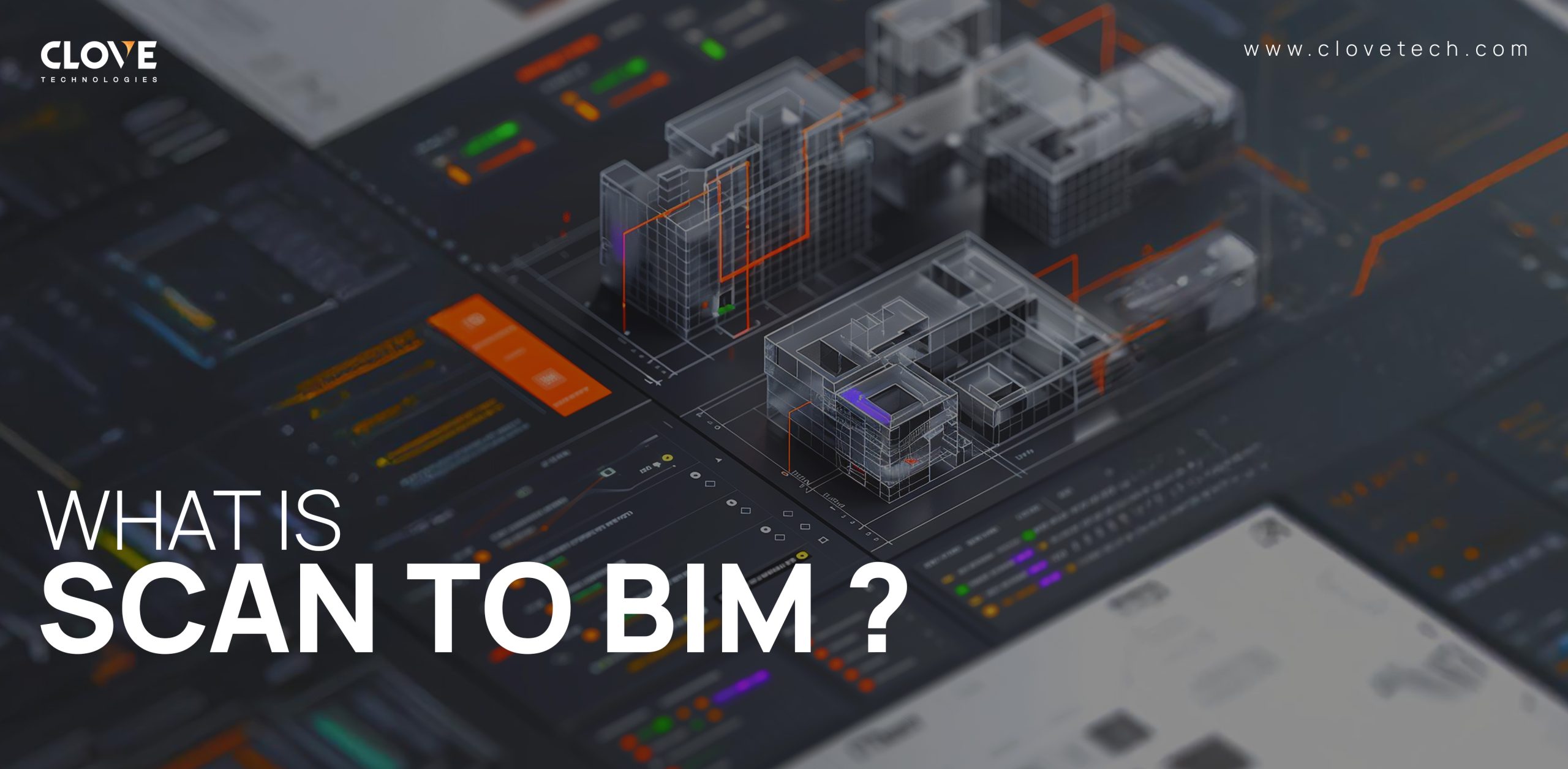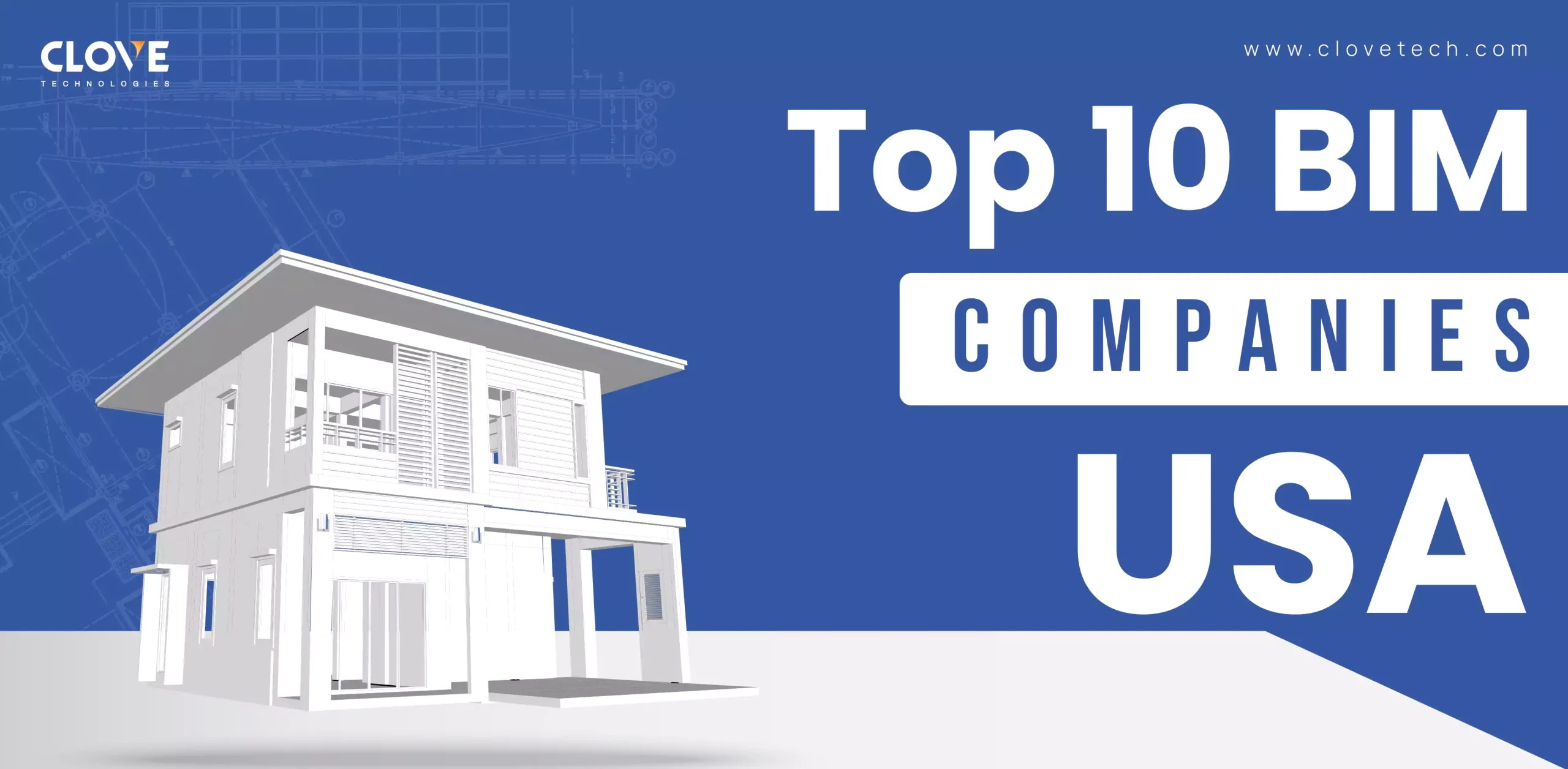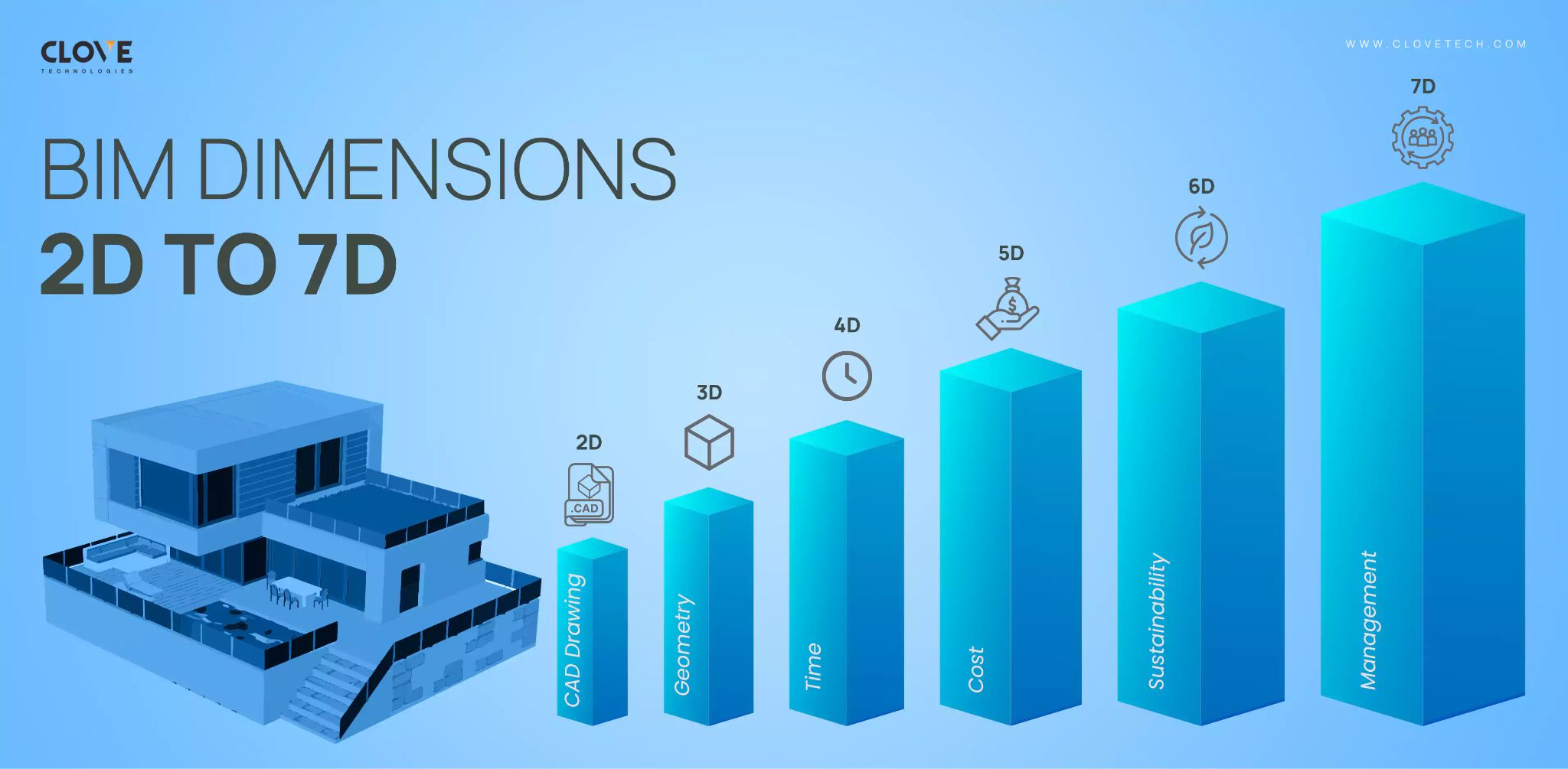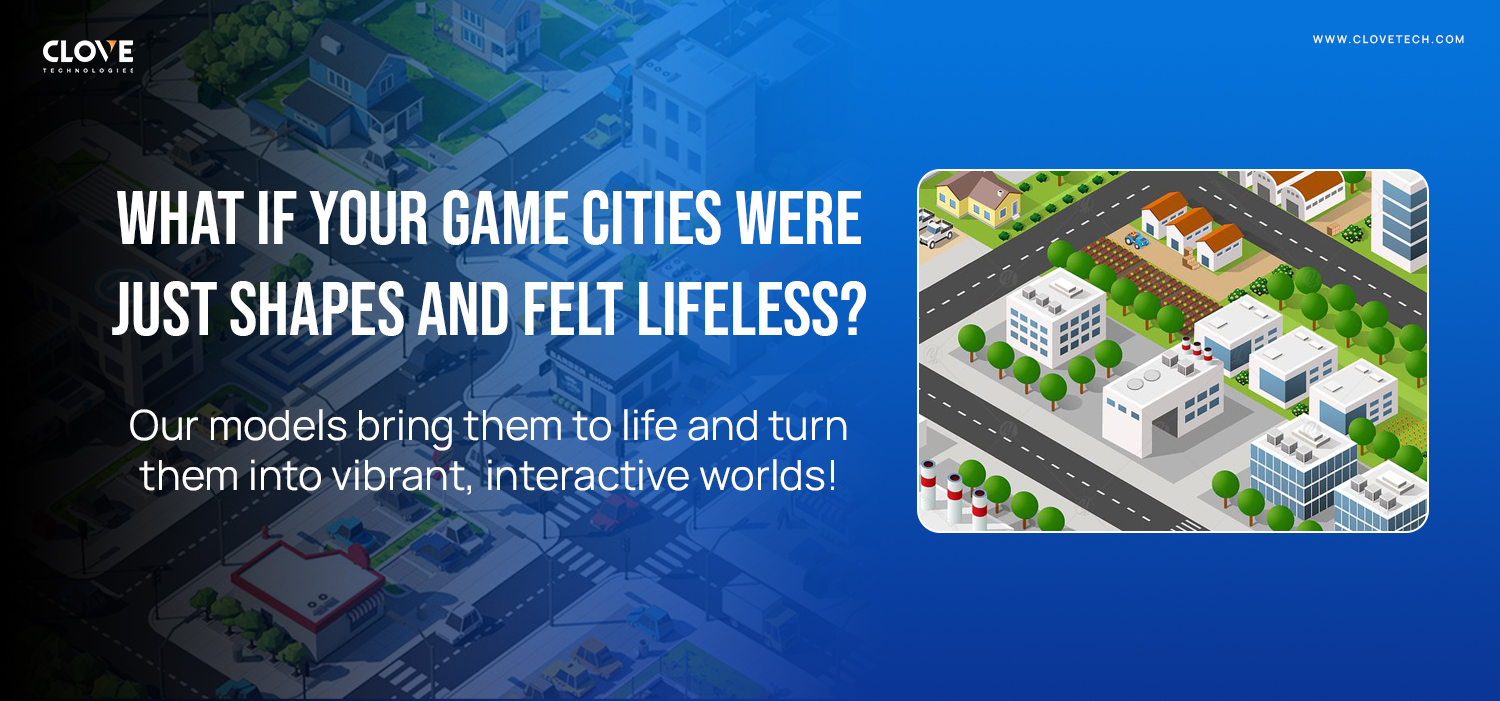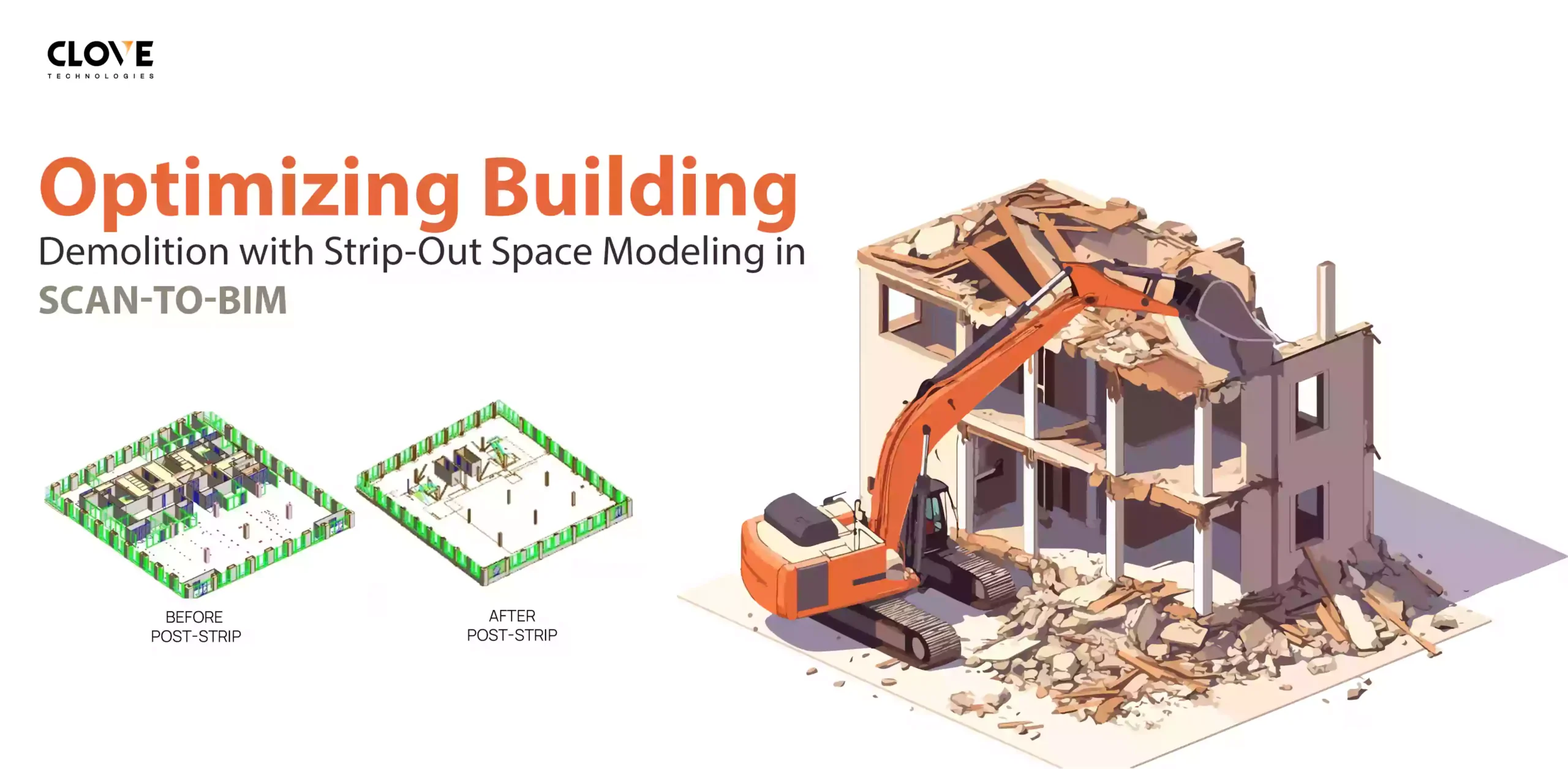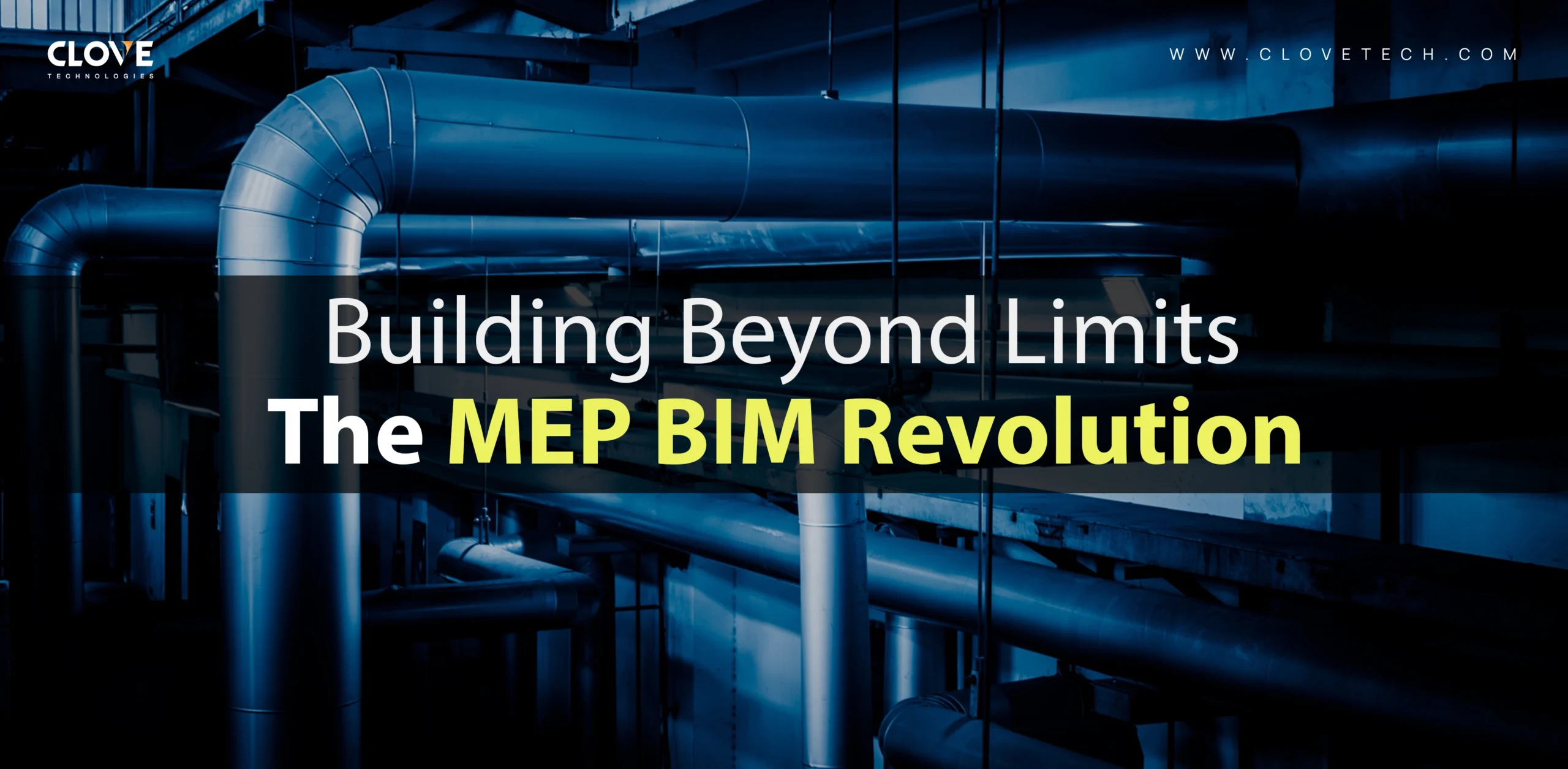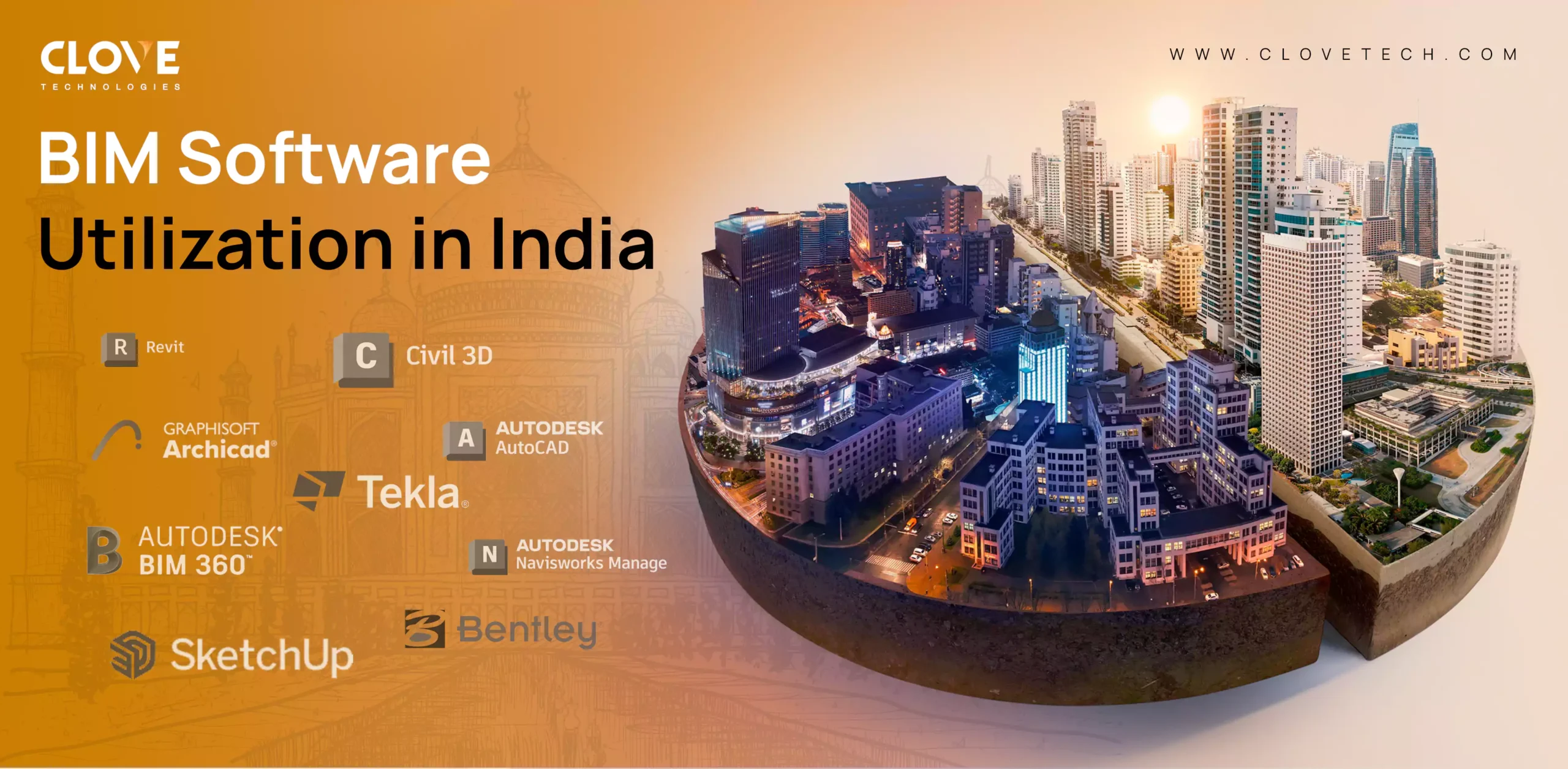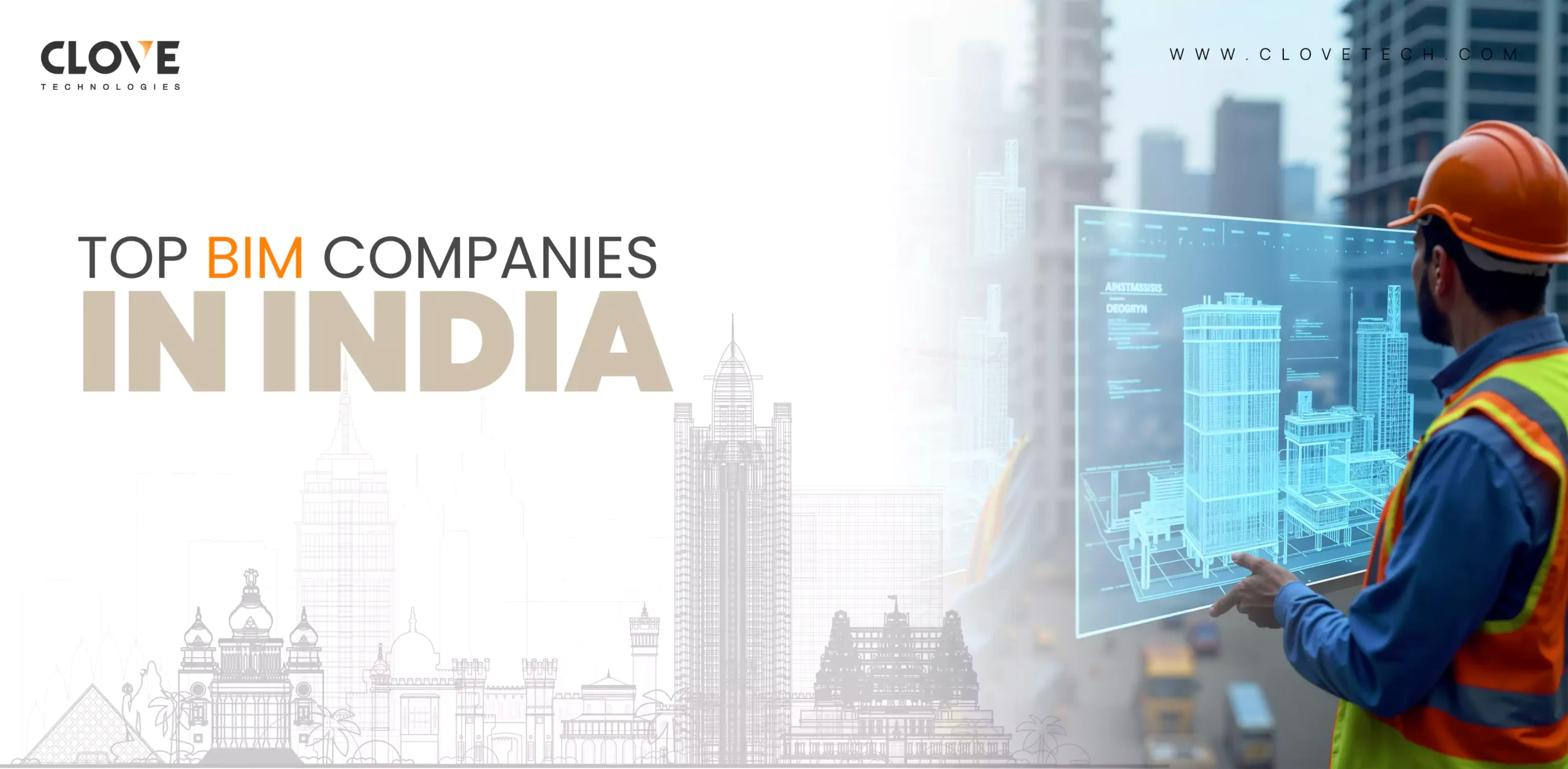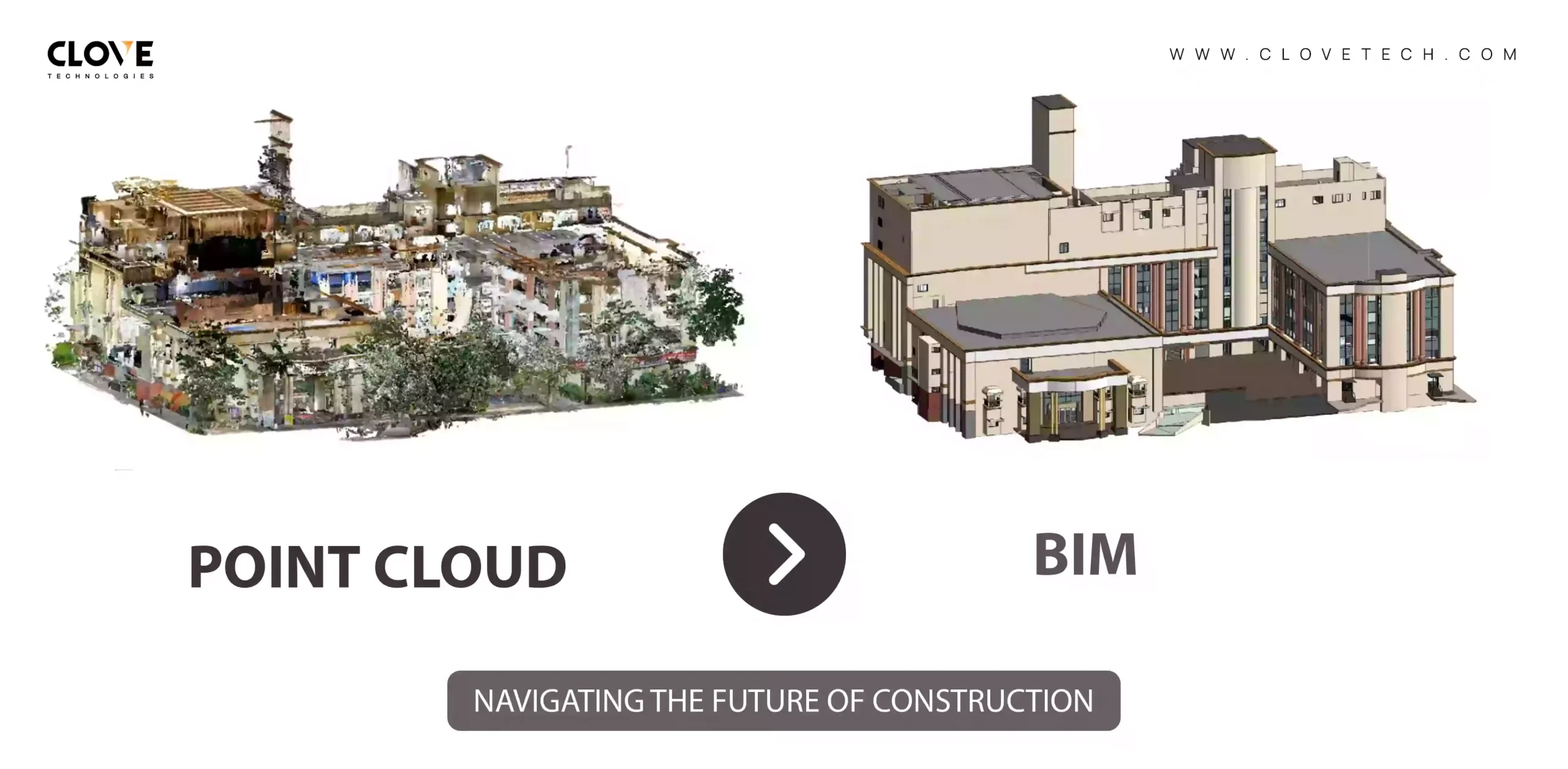Building Information Modeling (BIM) has revolutionized the construction industry, offering a multi-dimensional approach to project planning and execution. From basic 2D drafting to advanced 7D lifecycle management, each BIM dimension adds value to the construction process. Let’s explore the various BIM dimensions and their significance.
2D BIM
2D BIM utilizes typical design processes utilizing CAD software, where project information is shown in flat drawings. While effective for basic planning and documentation, 2D lacks the depth and analytical capabilities that modern BIM dimensions give.
3D BIM
By introducing intelligent, data-rich 3D models, 3D BIM surpasses 2D. It improves cooperation and minimizes design conflicts by giving stakeholders a clearer picture of projects. By combining geometry and spatial relationships, the 3D BIM model produces a more accurate project visualization.
4D BIM
4D BIM adds the dimension of time to 3D models, incorporating scheduling data. With 4D BIM modeling construction sequences can be simulated to optimize workflow, prevent delays, and enhance project planning. This dimension improves project management by providing real-time insights into construction timelines.
5D BIM
In construction 5D BIM allows for real-time cost estimation and budget management by integrating cost data into the BIM model. Stakeholders may improve financial planning, minimize budget overruns, and precisely manage expenses by integrating labor costs and material quantities into the model.
6D BIM
Using life cycle assessment and energy analysis 6D BIM concentrates on a building’s sustainability. Making environmentally beneficial design choices, increasing energy efficiency, and guaranteeing long-term operating sustainability are all aided by this dimension.
7D BIM
The focus of 7D BIM is on facilities and asset management. Facility managers may simplify building operations and maintenance by integrating lifetime costs, maintenance schedules, and operational data. The lifespan and effectiveness of constructed assets are improved by this dimension.
Master Every Dimension of BIM with CloveTech!
From 2D drafting to 7D facility management, CloveTech delivers comprehensive BIM solutions that enhance efficiency, cost control, and sustainability at every stage of a project.
- 2D & 3D BIM for better design accuracy
- 4D scheduling & 5D cost estimation for smarter planning
- 6D sustainability insights for energy-efficient buildings
- 7D facility management for long-term asset optimization
CloveTech has the expertise to take your projects through every BIM dimension. Let’s build smarter, together!
